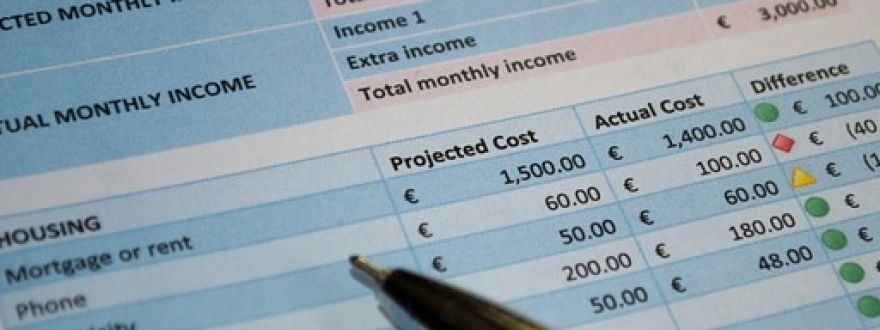
Reprinted From PIA
As we mentioned earlier this month, the December 2020 COVID relief package, formally known as the Economic Aid to Hard-Hit Small Businesses, Nonprofits and Venues Act, reanimated the then-dormant Paycheck Protection Program (PPP), originally created by the CARES Act nearly a year ago.
The Economic Aid Act extends the authority of the Small Business Administration (SBA) to again issue PPP loans, this time until March 31, 2021. The Act allocates billions of dollars in additional federal funds to provide those loans and revises some PPP requirements. Section 311 of the Economic Aid Act even authorizes the SBA to issue additional (“second-draw”) loans using the PPP.
In response to the Economic Aid Act, the SBA issued a pair of regulations in January setting forth the parameters around new PPP loans and applications for forgiveness of loans for which forgiveness payments haven’t been made yet. PIA provided comments and recommendations on the interim final regulations. Here are some of the highlights of the new rules:
- Flexibility in Calculating Max Loan Amounts
The SBA will allow new borrowers to use either 2019 or 2020 data to calculate their maximum loan amounts. That flexibility will encourage fairness among old and new borrowers and keep new borrowers’ loan amounts from being artificially depressed by the financial hardship most businesses endured in 2020.
The maximum amount for a first-draw loan is the lesser of $10 million or 2.5 times the average monthly payroll for costs incurred or paid by the borrower during 2019 or 2020; the year may be chosen by the borrower. New borrowers can only apply once for a first-draw loan, so borrowers who may ultimately need the full amount are encouraged to apply for it up front.
- New Categories of Businesses Eligible for PPP Loans
The new regulations expand the categories of businesses eligible for first-draw PPP loans. Specifically, other eligible businesses may include those that receive legal gaming revenue, housing coops, and some 501(c)(6) organizations, among others.
- No Reduction in Loan Forgiveness for EIDL Advances
In more good news, Economic Injury Disaster Loan (EIDL) advances received by borrowers will no longer reduce forgiveness amounts for eligible borrowers.
- “Second-Draw” Loan Availability
The new regulations establish parameters governing “second-draw” PPP loans, which are available to borrowers who obtained a PPP loan in 2020. Borrowers can only get second loans if they used or will use the full amount of their first loan on allowable expenses on or before the date of disbursement of a second. Like first loans, second loans can also be fully forgiven, depending on how the loan proceeds are spent.
- Smaller Pool of Potential Second-Draw Borrowers
Second-draw borrowers must have 300 or fewer employees and must have lost at least 25 percent in revenue in 2020 compared to 2019. Second-draw applicants must have spent their first loan on eligible expenses and followed all applicable PPP rules to qualify for a second loan. Borrowers who violated any PPP requirement in obtaining or spending first loans won’t get access to second loans.
While PIA is pleased to see the PPP funded and lending again, the following recommendations would improve the program:
- More Flexibility
The new regulations still require borrowers to spend 60 percent of their loans on payroll to be eligible for full forgiveness. Borrowers should be given more spending flexibility; the SBA should eliminate payroll spending requirements and let business owners allocate their loan proceeds as they see fit.
- Broader Availability of and Eligibility for Second Loans
Right now, second loans are only available to borrowers with 300 employees or fewer, and second-draw borrowers must have lost at least 25 percent of revenue in 2020 compared to 2019. These requirements shrink the pool of eligible borrowers for second-draw loans.
Second-draw loans are also only available to borrowers who fully spend their first-draw loans before the expected disbursement of a second draw. This creates a perverse incentive in which businesses that got a PPP loan in 2020 may rush to spend remaining loan proceeds to ensure their eligibility for a second draw.
- Elimination of Loan Cap
Second loans are capped at $2 million, and eligible borrowers can only get one second-draw loan. Even a business that got a PPP loan in 2020 could need more than $2 million in 2021 to stay afloat. The cap is an arbitrary limit on businesses’ ability to get the funding they need to remain functional during the worst economic crisis in modern American history.
PIA will continue to work with the SBA and Treasury Department to improve the PPP borrowing process so that it offers the support our nation’s small businesses need.
